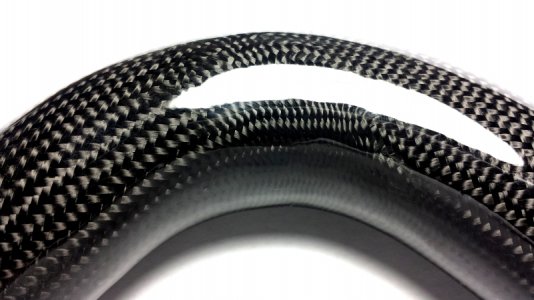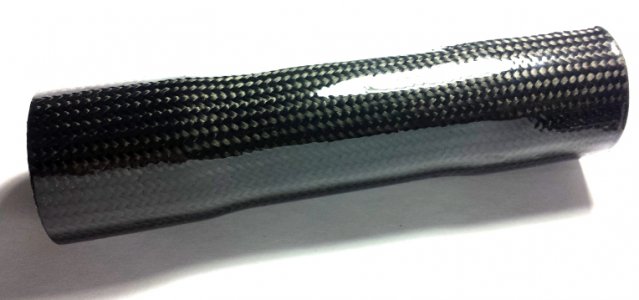- Joined
- Dec 22, 2012
- Messages
- 328
Some of you are aware that I am building an experimental aircraft. The engine is a 2287cc VW aeroconversion which typically uses steel tubing for the intake runners between the carb and the head intake ports. I decided to try my hand at making my own carbon fiber intake runners. The primary goal is to reduce the total weight of the aircraft by about 4 pounds, since lighter aircraft perform much better than the heavy ones. The pics are of a 90° elbow section and a "test" coupler/transition tube. They are much lighter, very stiff, and very glossy. At the very least, they will never rust.:rofl:
Tom




Tom





